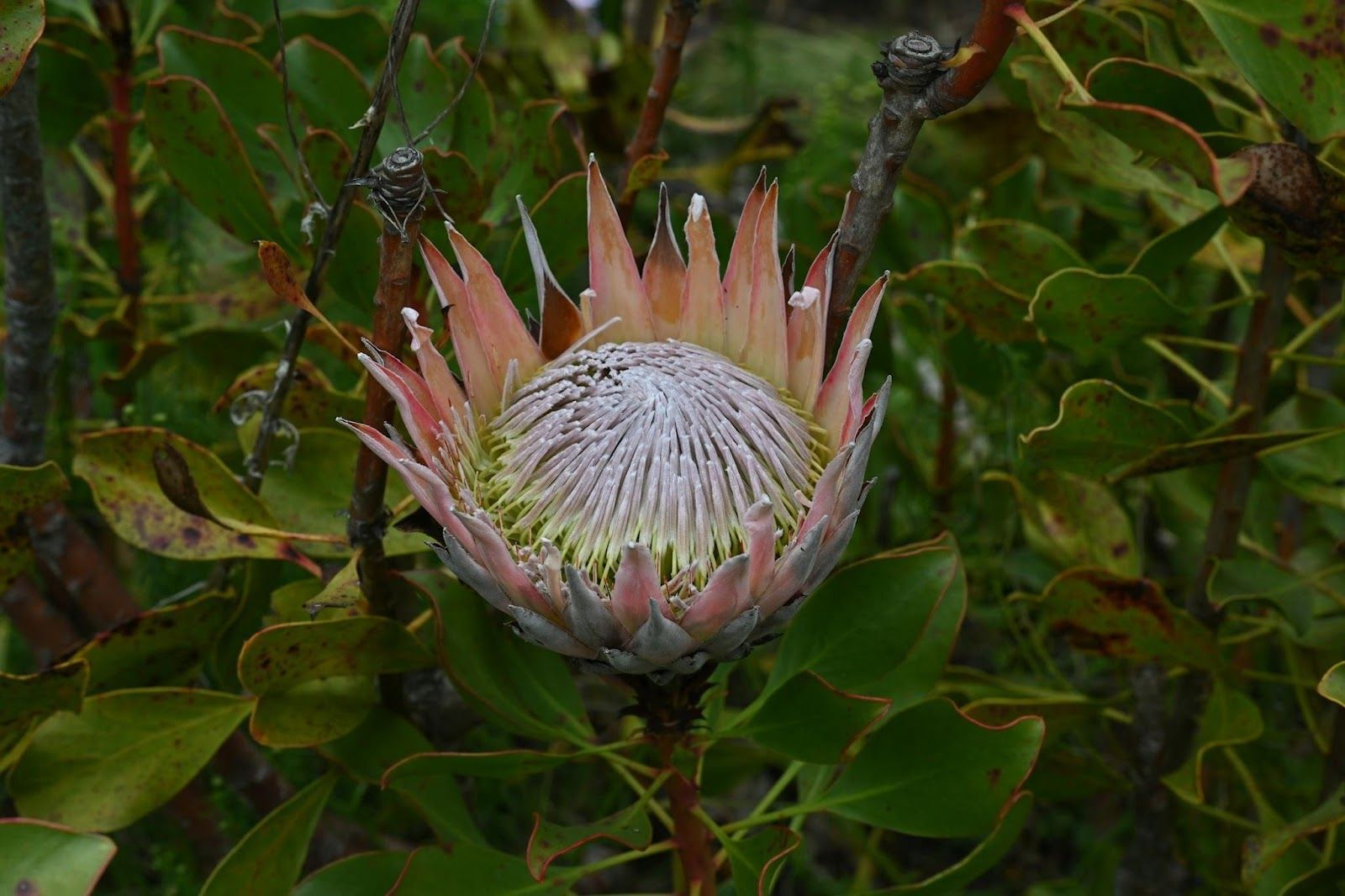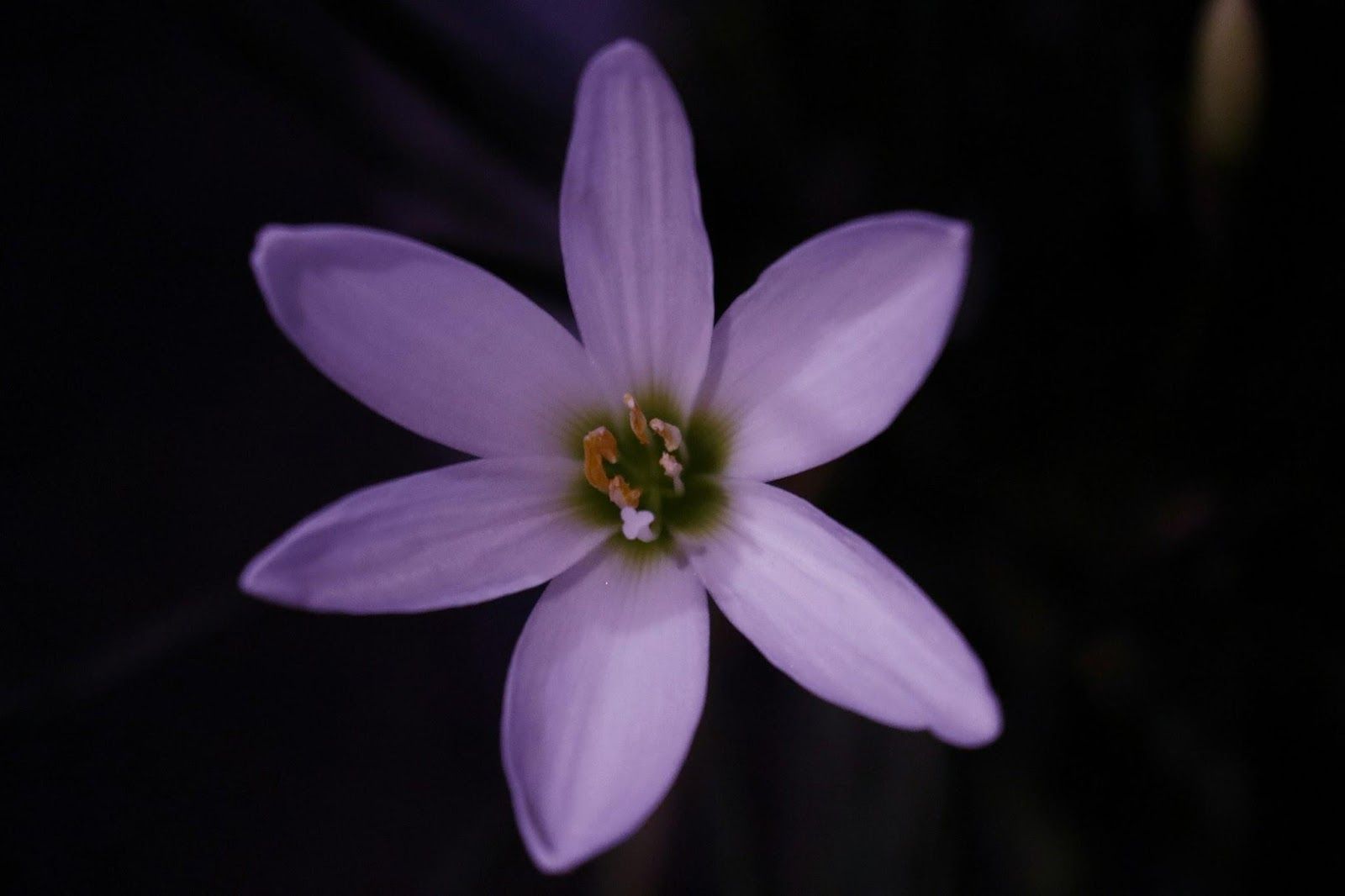Notable names for humble plants
12 epic, and sometimes terrible, stories behind plant name origins
Published on July 25, 2025
 Credit: Smit Shah
Credit: Smit Shah
It should come as no surprise that many plants have names linked to mythological figures, since most scientific plant names are derived from Greek or Latin. These 12 plants have names with hidden meanings that most of us may not recognize. Did you know any of these?
Achillea (Yarrow)
 Credit: Beth Macdonald
Credit: Beth Macdonald
This genus of flowering plants was named after Achilles, the mythical Greek hero and greatest of the Greek warriors, famed for his knowledge of healing herbs.
According to legend, Achilles knew of yarrow’s healing properties and used the plant to treat the wounds of his soldiers during the siege of Troy.
Ambrosia (Ragweed)
 Credit: Sergiy Tsyganenko
Credit: Sergiy Tsyganenko
The name Ambrosia comes from Greek mythology, where ambrosia was the food or drink of the gods, said to grant immortality and eternal youth. It was often associated with divine nourishment and sometimes carried by doves. According to some versions of the myth, even the sun god Helios fed his horses with ambrosia.
Ironically, the plant genus _Ambrosia_—commonly known as ragweed—is now infamous for causing seasonal allergies rather than bestowing any divine gifts
Anemone (Windflower)
 Credit: Annie Spratt
Credit: Annie Spratt
Commonly known as the windflower, the anemone is a delicate flowering plant that sways easily in even the gentlest breeze. According to Greek legend, the anemone sprang from the drops of blood shed by Adonis after he was fatally wounded by a wild boar during a hunt.
Acanthus
 Credit: Laura Ockel
Credit: Laura Ockel
According to a lesser-known Greek myth, Acantha was a beautiful nymph who didn't reciprocate Apollo's feelings, so, as an act of revenge, he transformed her into a plant. After this incident, the graceful nymph became a striking flower with bold, spiny leaves and distinctive petals.
Syringa (Lilac)
 Credit: Esteban Castle
Credit: Esteban Castle
Revenge for unrequited love seems to be a recurring theme among the Greek gods. According to one myth, Syrinx was a beautiful nymph who caught the attention of Pan, the god of the wild. When she rejected his advances, she fled and was transformed into a reed to escape him. In his sorrow, Pan cut the reeds and crafted them into the first pan flute.
The plant genus Syringa (commonly known as lilac) was named after this myth. The name Syringa is derived from the Greek word syrinx, meaning pipe or tube, referencing the plant’s hollow stems.
Iris
 Credit: Christina Brinza
Credit: Christina Brinza
The name of this flower means "rainbow" in Greek, which is fitting, as it is associated with Iris, the Greek goddess of the rainbow and the divine messenger of the gods. Appropriately, irises bloom in a wide range of colors, nearly spanning the full spectrum of the rainbow.
Persephone’s Path
 Credit: Rachel McGrane
Credit: Rachel McGrane
Persephone, the daughter of Demeter, goddess of agriculture and fertile soil, was abducted by Hades, the god of the underworld. Though eventually rescued, Persephone was fated to spend six months in the underworld and six months above ground, symbolizing the changing of the seasons.
Some seasonal flowers that bloom and fade in sync with this myth are poetically referred to as "Persephone’s Path."
Helianthus
 Credit: Rebekah Hansen
Credit: Rebekah Hansen
The Greek sun god Helios lends his name to the genus Helianthus, commonly known as sunflowers. These radiant blooms resemble the burning sun with their golden petals spreading out like rays, capturing the essence of sunlight in both form and name.
Protea cyranoides
 Credit: Al Diaz
Credit: Al Diaz
As the legend goes, Proteus was a sea god known for his gift of prophecy. However, he disliked his prophetic duties and would evade them by shape-shifting into various forms and disguises.
The Protea flower was named after Proteus because it comes in a wide variety of shapes and sizes, reflecting the god’s many transformations.
Water Lilies (Nymphaea)
 Credit: Xuan Nguyen
Credit: Xuan Nguyen
Water nymphs, known as Nymphs in Greek mythology, were often believed to inhabit ponds, rivers, and other bodies of water. The genus Nymphaea, which includes water lilies, takes its name from these mythical creatures, reflecting the flowers’ natural aquatic habitats.
Agave
 Credit: Dylan Freedom
Credit: Dylan Freedom
In Greek mythology, Agave was the mother of King Pentheus, who opposed the god Dionysus (also known as Bacchus). In a tragic turn, Agave was driven mad and blinded by Dionysus, causing her to mistake her son for a wild boar and kill him.
This fierce mythological figure lends her name to the Agave plant, known for its sharp, spiny leaves and resilient nature.
Zephyr
 Credit: prathap karaka
Credit: prathap karaka
Zephyranthes, sometimes called the fairy lily, open their flowers nearly flat only in full, direct sunlight. These charming flowering plants are named after Zephyr, the Greek god of the west wind, who was said to be the lover of the goddess Flora. Given this connection, it is no surprise that his name graces such a delicate flower.










